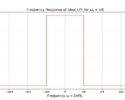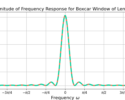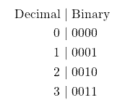Table of Contents
Introduction
All DSP scenarios will include a signal and noise. But what are they? Using a common set of clearly defined terms is important to properly understand what information is trying to be conveyed.
More posts from the Explaining Why series:
Time-Series
A time-series is a collection of data measured over time. That can be the Dow Jones Industrial Average every day at the closing bell, the temperature every hour or samples from an analog to digital converter (ADC). A time-series might be represented through an array,
(1) ![]()
or through an equation,
(2) ![]()
Signal and Noise
I consider a signal to be a time-series which is information bearing. An example of a signal might be your height if you were able to measure it with infinite precision. I consider noise to be a time-series of randomness. Noise can come from many places, including measurement error or environmental variables. Figure 1 is an example of how a height measurement might be effected by noise.
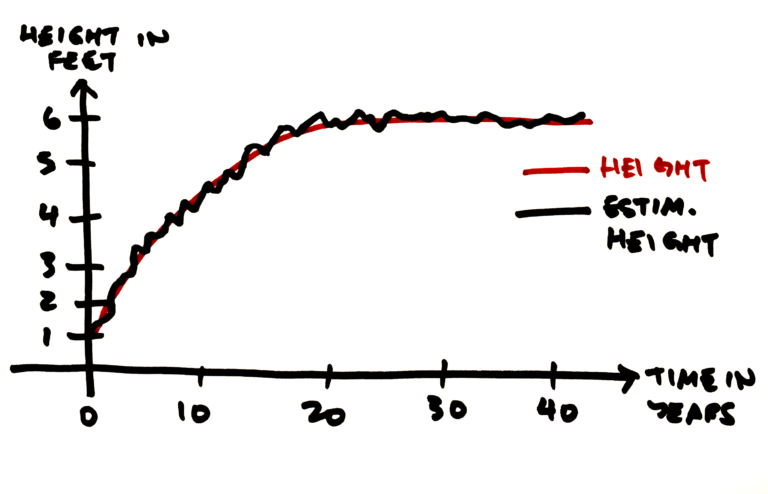
A height estimate could have noise or error coming from one or multiple sources:
- How fine of resolution is your ruler?
- How accurately was your ruler constructed?
- Did you forget to take off your shoes?
- Are you slouching or leaning?
Note that both signals and noise are time-series and their labels are used to represent the expectation about the content of the time-series.
Frequently the term signal is used loosely and acts as a catch-all for any time-series. Consider that a transmit signal is a signal with information while a receive signal is a signal with information and noise. Figure 2 is a simplified version of how a receive signal relates to a transmit signal and noise and Figure 3 is an example of how noise corrupts a receive signal.
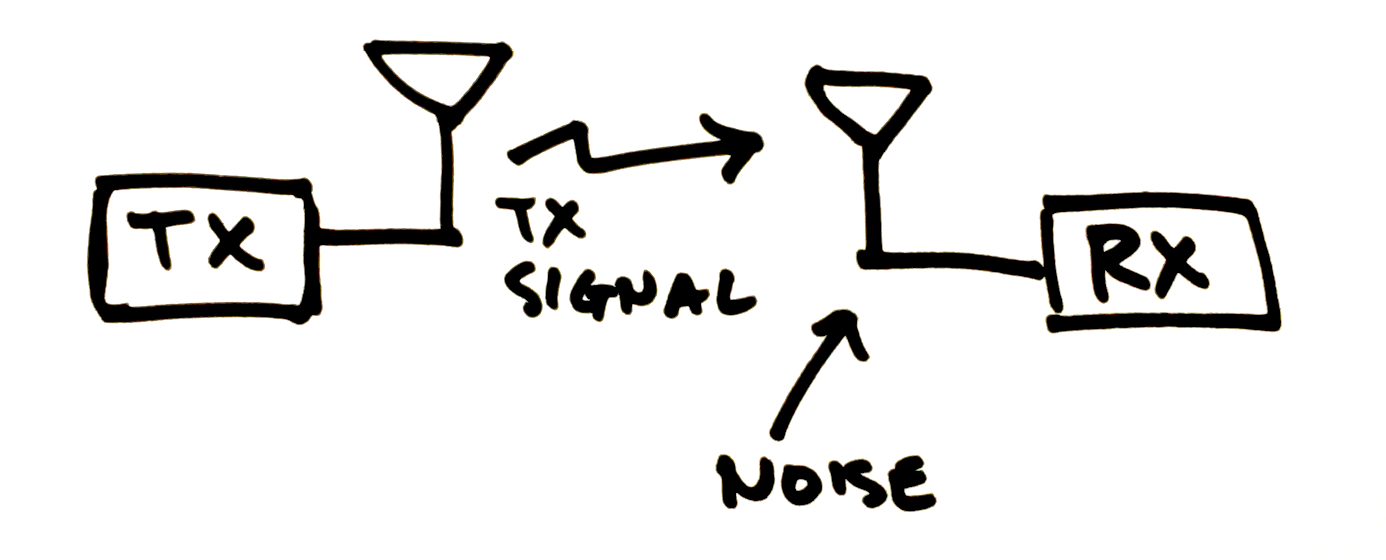
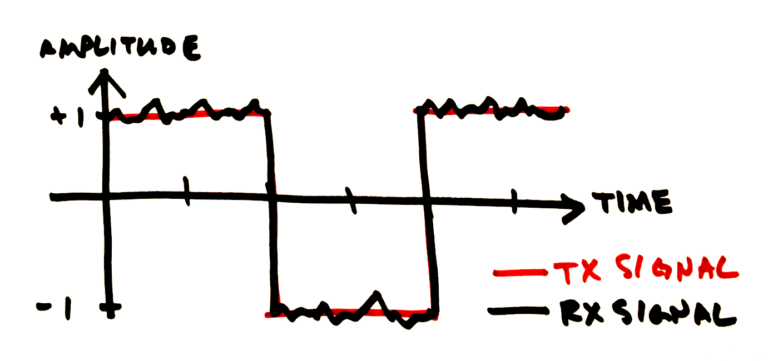
Interference
Interference is a signal which is undesired, sometimes referred to as signal not of interest (SNOI). Conversely a signal with information that is desired may be referred to as a signal of interest (SOI) or desired signal.
Signal Processing
The goal of signal processing is to apply effects to a receive signal in order to:
- Enhance the information within the signal of interest
- Minimize the impact of noise
- Minimize the impact of interference
Conclusion
The terms signal and noise are only labels used to express the expectation about the content within a time-series. Noise corrupts a signal through measurement error or other uncontrollable environmental errors.
The Explaining Why category is a good place to start if you are interested in or new to DSP and looking for some answers about common questions.
